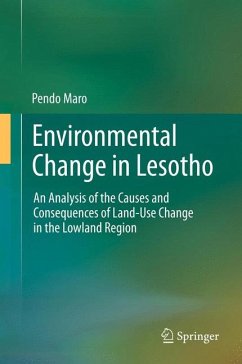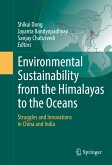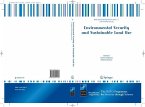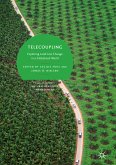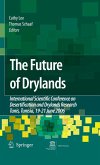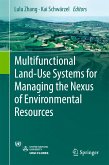Based on the research findings, key proximate drivers of land-use change in the Lowland villages were established. These were drought, lack of water, land mismanagement, HIV/AIDS and 'dependency syndrome'. These were acted on by underlying and other drivers to bring about major changes in land-use. The book offers an understanding of the actions of local land-users and managers, and their responses to biophysical, social-political, environmental, HIV/AIDS and other stresses, giving an insight into a household's decision-making behaviour, degree of vulnerability and hence their resilience and adaptive capabilities and mechanisms.
This book is directed at the wide scientific and non-scientific audience including environmental and social science experts, researchers, decision-makers, and development/aid workers interested in understanding the intricate human-environment relationship as it relates to land-use change in a changing biophysical, socio-economic, political and institutional context, coupled by HIV/AIDS, changing demographics, local perceptions and what is termed here 'dependency syndrome'.
Dieser Download kann aus rechtlichen Gründen nur mit Rechnungsadresse in A, B, BG, CY, CZ, D, DK, EW, E, FIN, F, GR, HR, H, IRL, I, LT, L, LR, M, NL, PL, P, R, S, SLO, SK ausgeliefert werden.
Hinweis: Dieser Artikel kann nur an eine deutsche Lieferadresse ausgeliefert werden.

